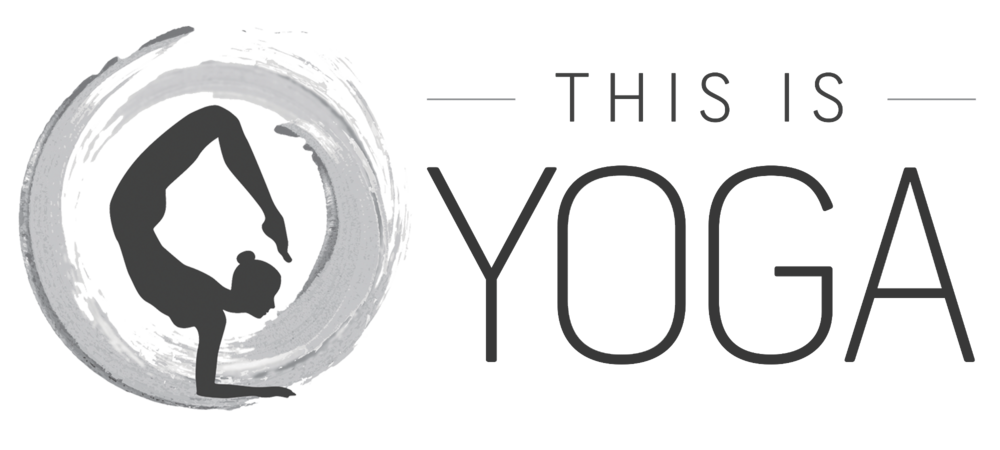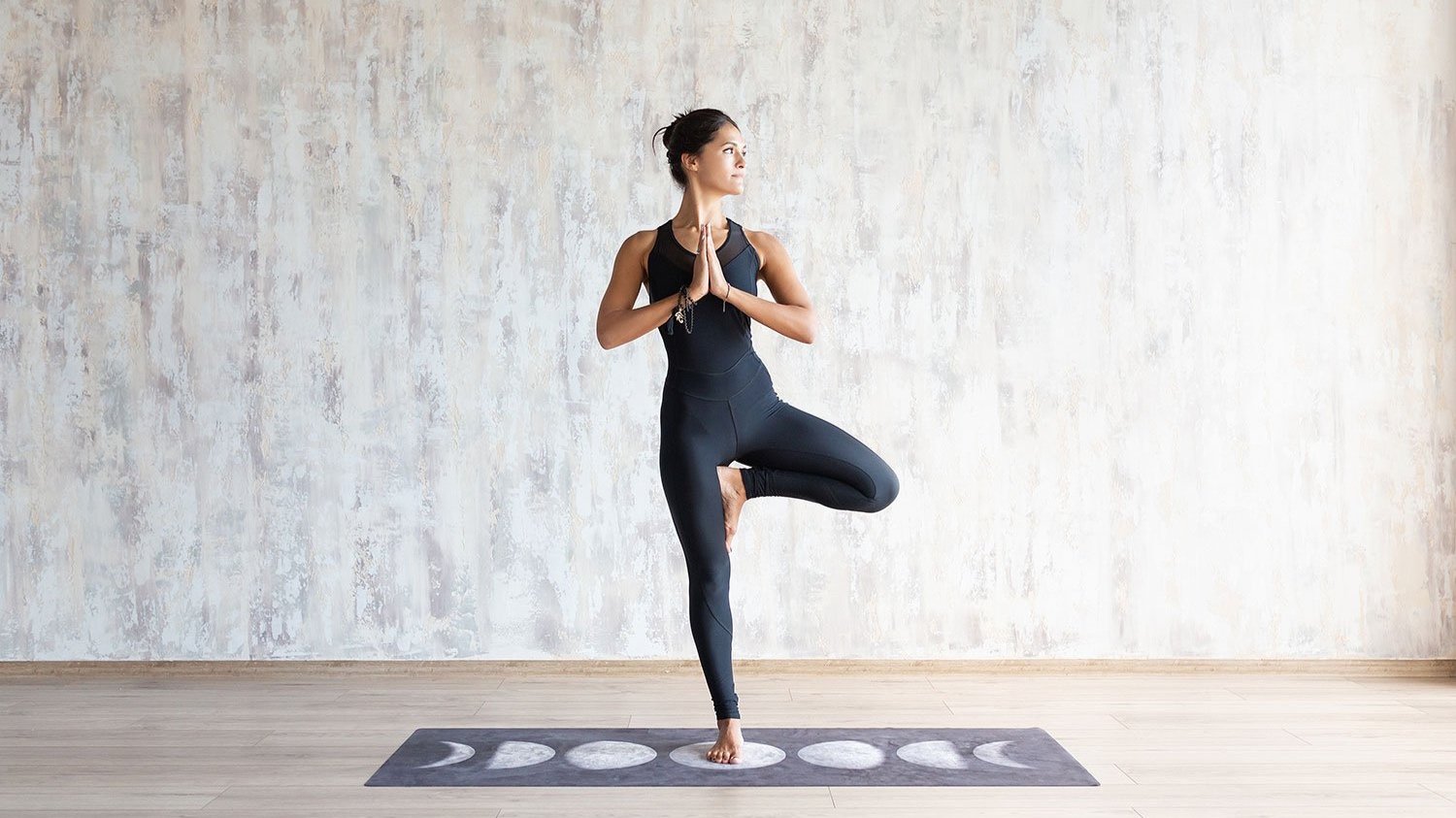Autumn is the season of transformation. We can see this all around us in nature: the leaves are falling, the air is changing and we welcome our new season’s fruit and vegetables.
It is important that we change with the seasons — just as nature does — by adapting our daily habits, yoga practice and food choices.
Ironically, it is only through change that was can stay grounded during this shifting season.
AN AYURVEDIC APPROACH TO AUTUMN
According to Ayurveda, there are three primary doshas, or energies. Just as each person has a dosha that predominates, each season is also dominated by one of the three doshas.
The vata dosha is most prevalent during autumn. Vata governs movement in the body, as well as activating the nervous system and the processes of elimination. The qualities of vata are cold, dry, rough, light, changeable, irregular, and moving. Vata is composed of the elements of air and space. Because of vata’s association with the nervous system, its state is often reflected in our mental health.
With the abundance of vata energy circulating during the autumn season, our bodies and minds can become overwhelmed and out of balance. During this time of year, you may feel unsettled, ungrounded and unstable. But while we cannot change the seasonal weather shifts, we can maintain internal balance by adjusting our lifestyles to counter the predominant vata energy in nature. We do this by incorporating yoga poses, food, and lifestyle choices that naturally hold the opposite qualities of the vata dosha.
5 Autumn YOGA POSES
During autumn, try to schedule your yoga practice at the same time every day and for the same length of time. This will help to build a routine and calm the chaotic vata energy. Do yoga poses that focus on the lungs and large intestines, as these are the two organs associated with the autumn season.
1. Twists: Half Lord of the Fishes Pose, Noose Pose, Revolved Triangle Pose
2. Side Stretches: Revolved Head-to-Knee Pose
3. Backbends: Bow Pose, Bridge Pose, Camel Pose
4. Warrior I Pose and Warrior II Pose
5. Sun Salutations will also warm the body during the chill of autumn
After your practice, enjoy a long Savasana (Corpse Pose) to stabilise the moving energy of vata.
Autumn FOODS AND HERBS
It is important to eat three meals a day, preferably at the same time each day. Try to avoid skipping meals and sporadic grazing, and be sure to sit down while enjoying your food. Like all other lifestyle choices around this time, set a routine around eating. Here are some insights to help guide your autumn meal plan.
Eat lots of warm soups.
Choose foods that are warm, cooked, and moist. Avoid raw veggies and salads, as these are vata provoking.
Eat two apples a day to aid with elimination.
Drink warm tea of fresh ginger, cardamom, and cinnamon. This will warm the body and enhance circulation and digestion. If not this tea, aim to drink some kind of warm beverage.
Eat root vegetables to enhance your connection to the Earth.
Sweet, salty and sour tastes are calming to vata.
LIFESTYLE CHOICES
Lights out for bed at 10:00 p.m. Try to get a full eight hours of sleep and awake when the sun rises.
Consistent, moderate exercise regulates vata’s mobile nature, so make sure to schedule time for physical activity.
Curb your tendency to talk unnecessarily, and settle into the rejuvenation of silence whenever possible.
Use a neti pot to help keeps the lungs clear of congestion.
Apply oils to the skin to keep it moist. This practice, called oleation, reduces the vata emotions of anxiety, depression, fear, and nervousness.
Commit to a regular meditation practice to assist in quieting, centering and grounding the active vata mind.
Practice right nostril breathing: Close your left nostril using the ring finger on your right hand. Inhale through your right nostril for 6-8 seconds, then exhale through the same nostril for 5-7 seconds. Repeat for 7-10 rounds, a few times a day. This will enhance the sun energy that helps keep the body warm as the temperature drops.






